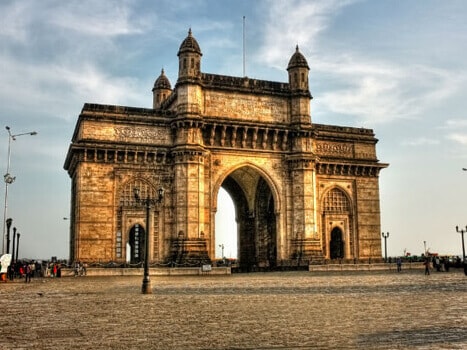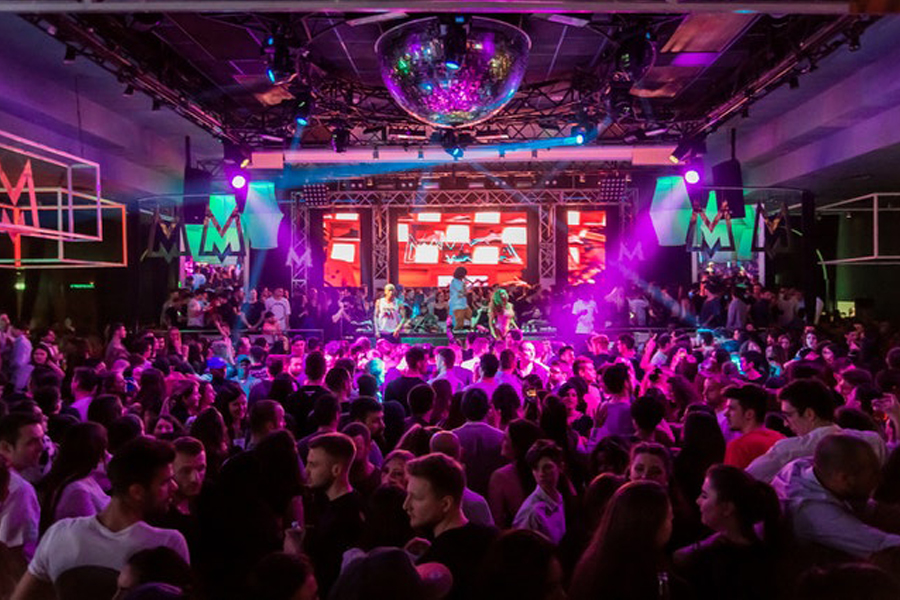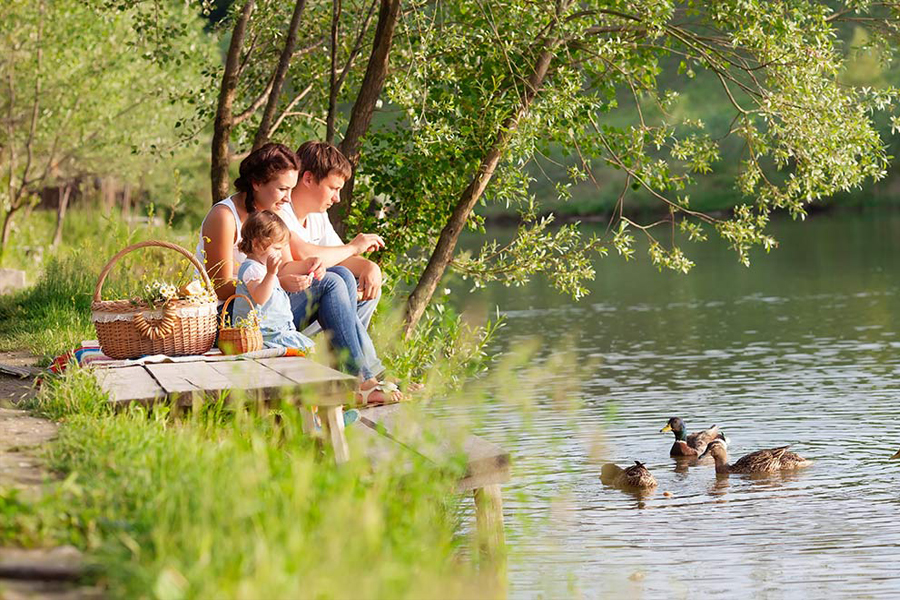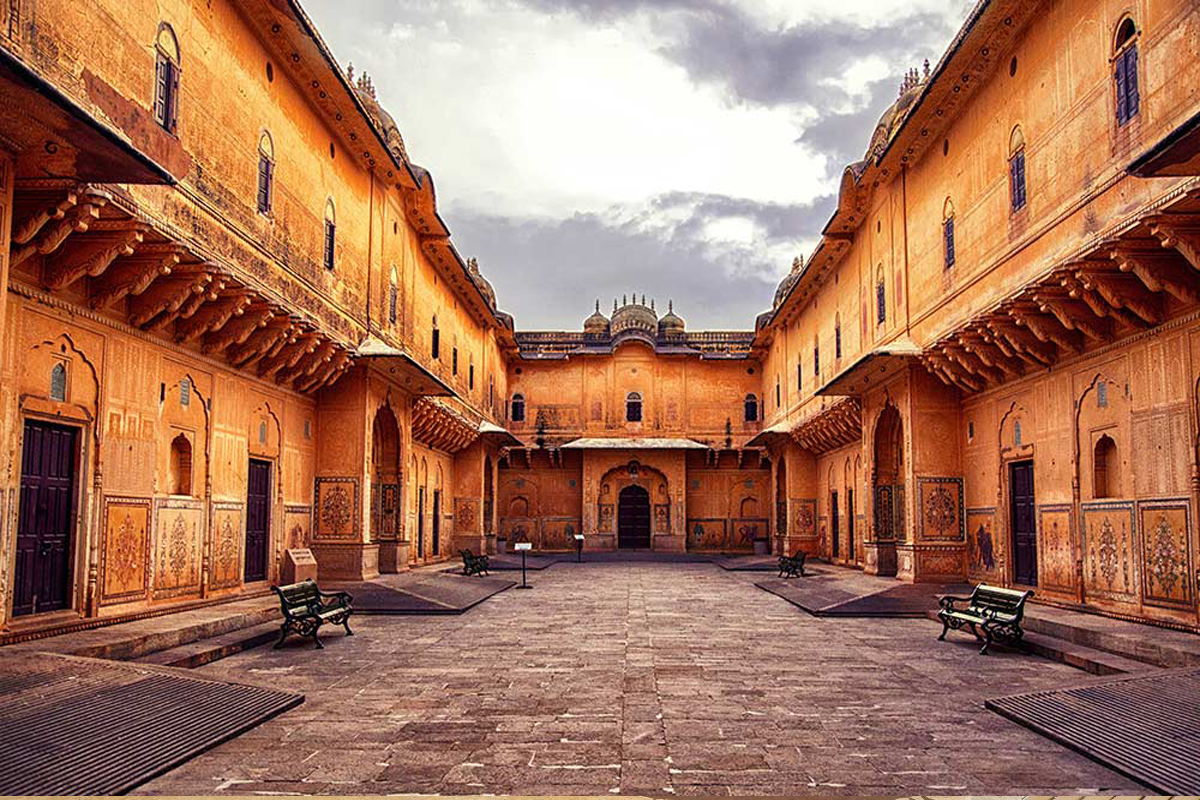Read More on Gateway of India
History
The Gateway of India is a young monument built in the 20th century when India was still under the Britishers. It was built to acknowledge the visit of King-Emperor George V in December 1911 at Ramchandani Road near Shyamaprasad Mukherjee Chowk in Mumbai. He was the first British Monarch to visit India, hence which made the visit very prestigious and important.
The building of the Gateway of India started in 1913 when the first brick of foundation was laid. The foundation stone for the Gateway of India Mumbai was of Indo-Saracenic style, and it borrowed the beauty elements from 16th-Century Gujarati Architecture. George Wittet was the architect of the Gate, and he proposed the final design in 1914. The construction took 10 more years for the building and the Gateway of India was completed in 1924.
Architecture
George Wittlet was the architect of this brilliant piece of the monument standing near the Indian Coasts. The concept for the Gateway of India began in 1911, on the arrival of King-Emperor George V. The idea was to immortalize the visit of the first British Monarch to India, and the first foundation for the structure was laid in 1913. In 1914, the final design for the Gateway of India was finalized and proposed to be built. The idea was to build an arch-gate to welcome the visit of the King, and to commemorate the path on which he entered into the Indian lands. Gateway of India utilized 10 more years of effort and time on its own and was ready by 1924.
The structure is a piece of Indo-Saracenic style, uses a huge amount of Yellow Basalt and concrete, and is 85 feet tall with the central dome being 49 feet in diameter. The stones for the monument were brought from the city of Gwalior. The Gateway of India stands facing the Mumbai Harbour. The structure of the monument consists of four turrets and many steps were built towards the Arabian Sea. George Witlet was a Scottish Architect, and he successfully blended Gujarati Architecture with the Roman triumphal arch.
Activities
- Whatever the time, the Gateway of India Mumbai offers a variable environment for all its visitors.
- Vendors, sellers, food stalls, photographers, etc, the gateway is crowded with people whose earnings are just based on the fact that how they wish to make your visit memorable.
- You will find Portrait-makers, photographers, and all sorts of unique artists.
- Visitors can enjoy the water Ferries that run to different locations and caves in the Arabian Sea.
- There are a total number of five jetties around the monument. The first jetty exclusively takes you to the Bhabha Atomic Research Centre, while the second and third are commercial ferries. The fourth one is closed, and the fifth one visits the Royal Bombay Yacht Club.
- The Elephanta Festival of Music is celebrated in the Elephanta Caves, and that serves as a major attraction for a lot of tourists.
Tips for visiting
- People who are planning to visit Mumbai in their next holidays and mainly the Gateway of India must note down that the best time to visit the monument is post-monsoon that is October to March. These months offer a clear sky and a cool environment to sit near the gate peacefully.
- For the public, Gateway of India remains open 24 hours. Several light and sound shows are often done at the Gateway of India.
- The super-famous Taj Hotel stands in front of the Gate, which can be an exciting visit for all the people visiting the Gate.
- Sitting in the ferries, and traveling to some of the more archaeologically valued places can be a superb choice for visitors.
- These are some of the most Do’s if you are planning your visit to the Gateway of India.
Best time to visit
Post-monsoon is the best time to visit the Gateway of India Mumbai. Mumbai being a coastal city often becomes unpredictable with the rain clouds. To avoid a hasty rain while you are enjoying the Gateway of India, it is best to skip the month of rainfall. The most suitable time to visit the Arch Gate is between October and March.
Nearby Atractions
- Taj Mahal Palace
- Taj Tower
- Chattrapaji Shivaji Statue
- Statue of Vivekanand
- Elephanta Caves
Nearby market/ shopping places
There are many shopping destinations near the Gateway of India, that can relieve you with some amazing items when you are done vibing with the Arch Gate. Colaba Market should be your first choice if you wish to see Mumbai Local Markets. Mumbai is famous for its small and local markets, that store a deal of amazing and fascinating items, such as clothes, gifts, decorative items, etc. Some other class places can be Oberoi Shopping center, Earth Castle Mall, and Taj Shopping Arcade.
Nearby Hotels
- Carlton Hotel
- Taj Hotel
- Taj Mahal Tower
- Hotel Golden Hayat
Interesting Facts About Gateway of India
- Gateway of India was referred to as the “jewel in the crown” and a “symbol of conquest and colonization.”
- On visiting the historic Arch-Gate, one can also see the statue of Shivaji, the Maratha warrior-hero who fought against the Mughal Empire to establish the Maratha Empire in the 17th century.
- There is also Swami Vivekanand’s Statue on the other side of the Gateway.
- The Taj Hotel was attacked in 2008, by a group of terrorists who came down there through the Arabian Sea.




.jpg)

























